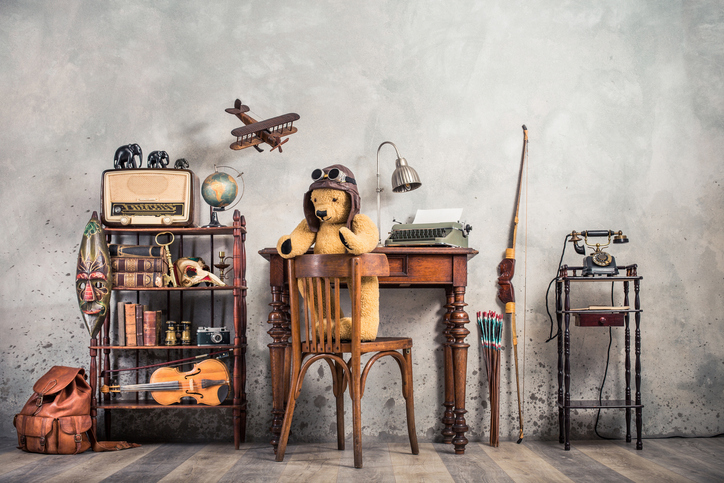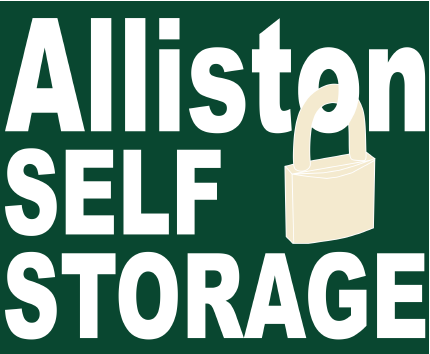Not everybody who looks into getting a self storage unit does so with the intention of filling it up with junk. Sometimes they aren’t even moving or have limited space at home where they can’t even move with how much stuff there is. The motivation for some extra space can simply be having a safe spot to store some precious items. Collectibles in particular are items that we may want to keep a little more secure, or often require some special considerations for. So, when storing are precious collections we’re going to do it properly to avoid damaging them.

How To Store Collectibles
Now that you’ve made the decision to put your collectables into storage, it must be done in the right way. We shouldn’t risk our prized collections to a few moments of carelessness which might result in permanent damage. Let’s take a look at some of the main factors involved with storing collectibles.
Primary Storage Factors
Temperature
Certain items will be sensitive to sudden temperature changes, materials such as glass and ceramics might crack as a result. When moving items between different temperatures take your time so they will have a chance to adapt. Should you have the option, gradually change temperature in its current location to that of the one it will be in. Ideally you want your storage unit’s temperature to be around 17 degrees in order to preserve delicate material like woods, papers, and other natural fibers.
Lighting
We’ve all surely seen items that have been left out in the sun for too long and had the colour faded right out of them. This is a fate you really don’t want for that old painting or family photo albums. It can be damaging to nearly any kind of collectible, fading images, colours, and drying organic materials like leather and cloth. Direct sunlight in particular needs to be kept off of your items.
A Low light space is best if you intend to be leaving your items under lightning. Leave them on only for a limited time and, if possible, get UV blocking glass or other materials for your more sensitive items. As mentioned, generally limiting the amount of light exposure will go a long way to keeping your collectible in good shape.
Humidity
Anyone who’s ever suffered water damage in their home or elsewhere would be familiar with how destructive it can be. Damp environments breed all manner of things we don’t want, mold is a great example. So when you have collectibles, it is important not to keep them where it is too wet, or too dry for that matter as well.
Finding the right balance for your items will keep them in good shape. Typically you’ll want your humidity sitting at around 50 percent. Keepings things too dry can result in cracking, drying, and items becoming brittle. Too wet, then expect destructive insects, rusted metal, and the aforementioned mold to develop.
Wrapping Up
So there we have it. Some major considerations for the proper storage of our collections. Years from now you want to look at your collection and have it looking as pristine as the first day you began. Doing it properly will go a long way to getting you to that point.

